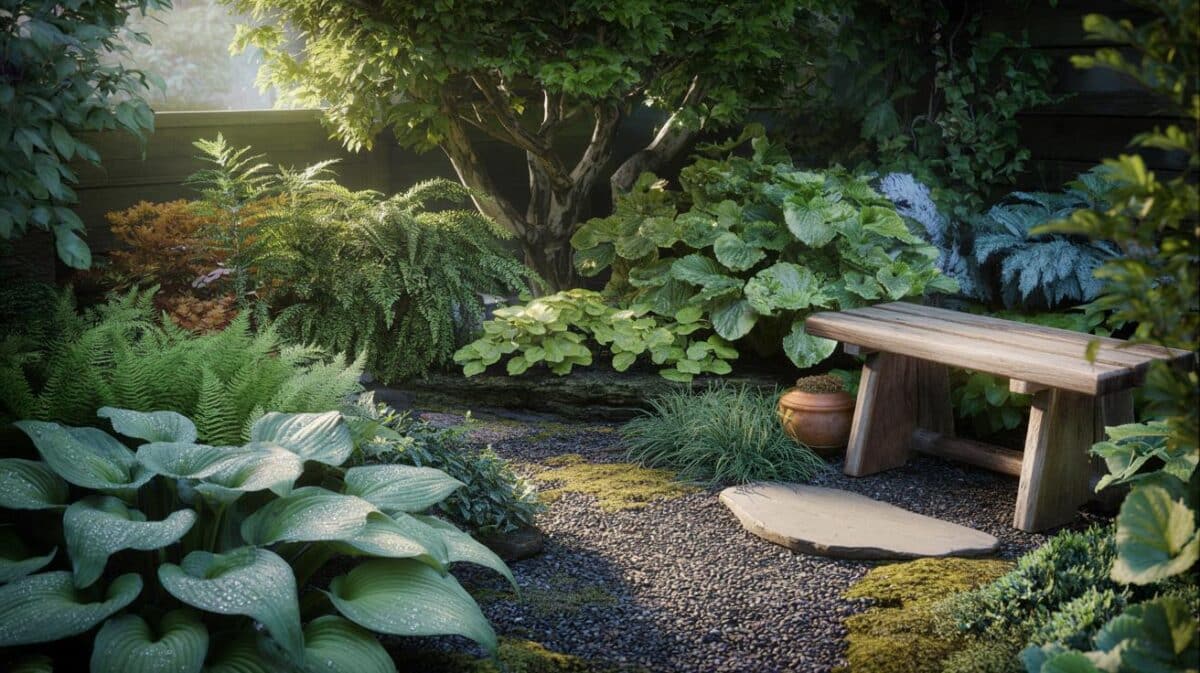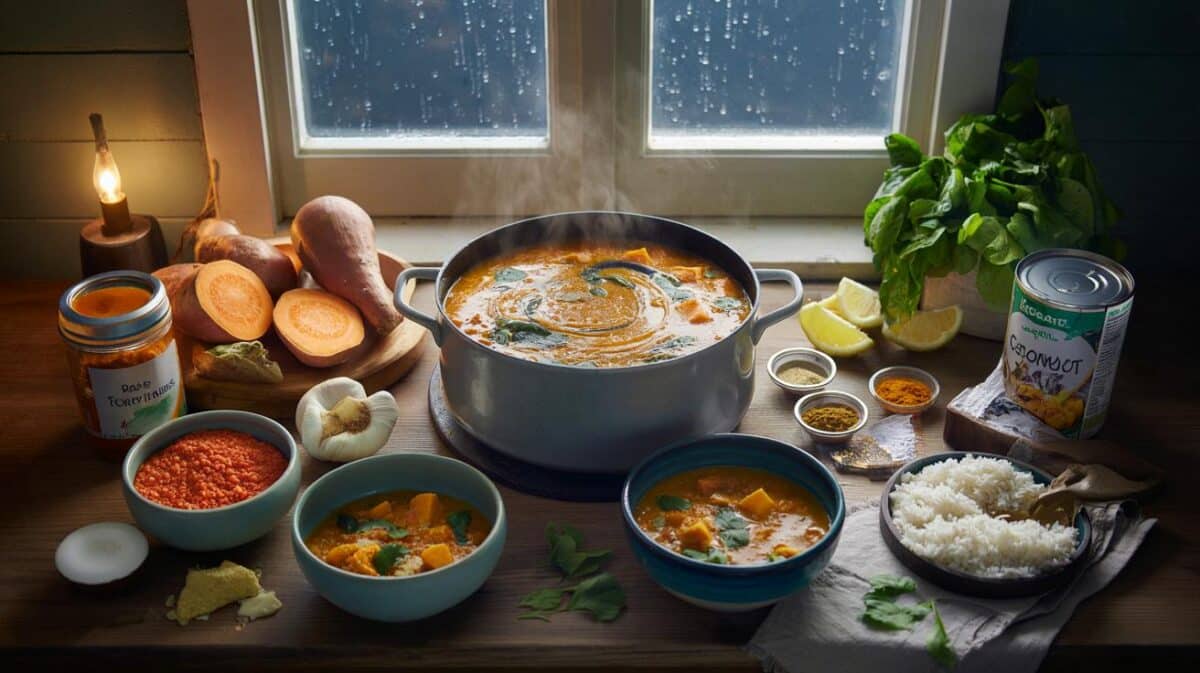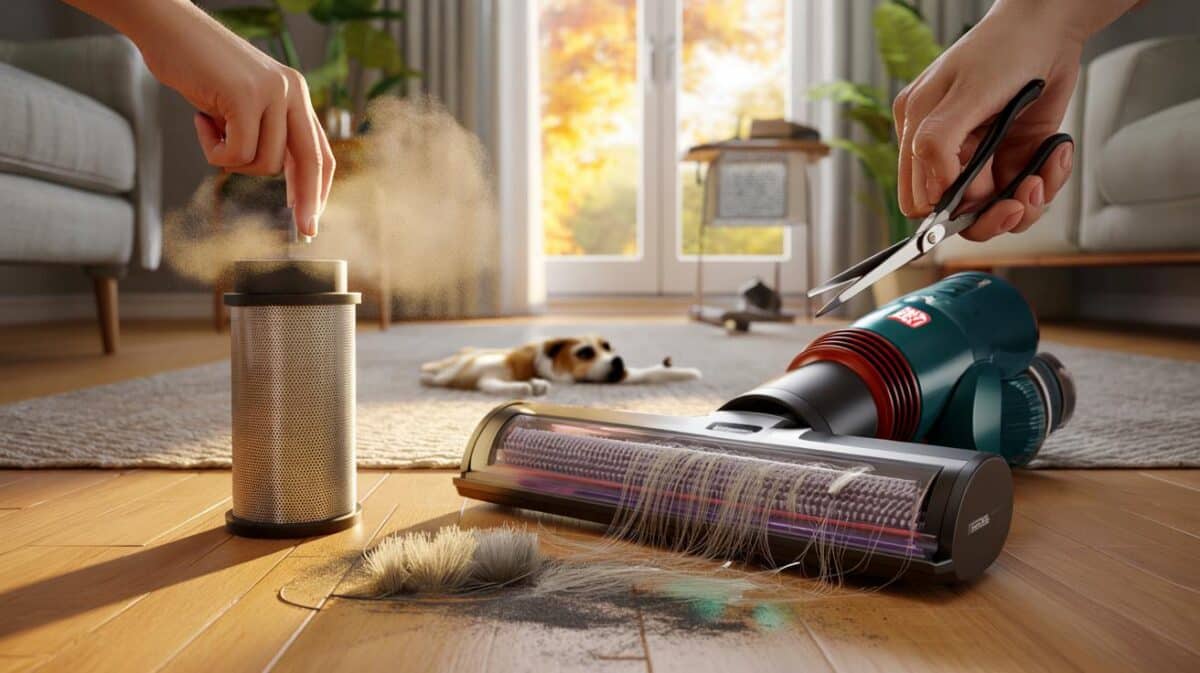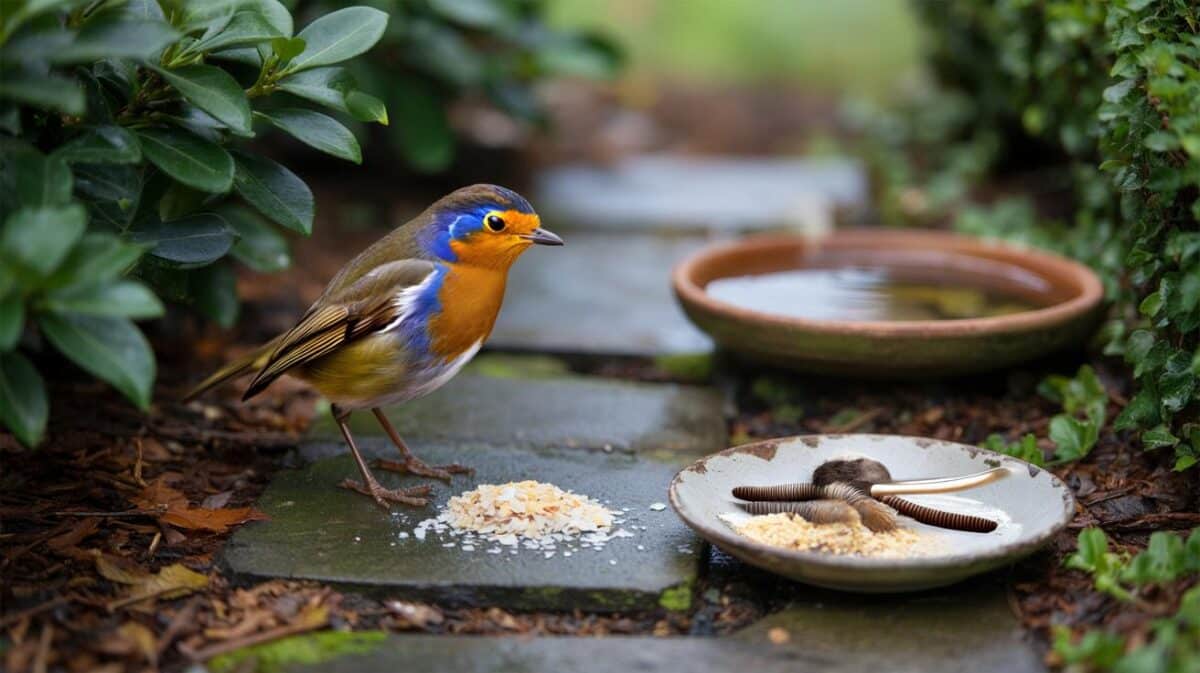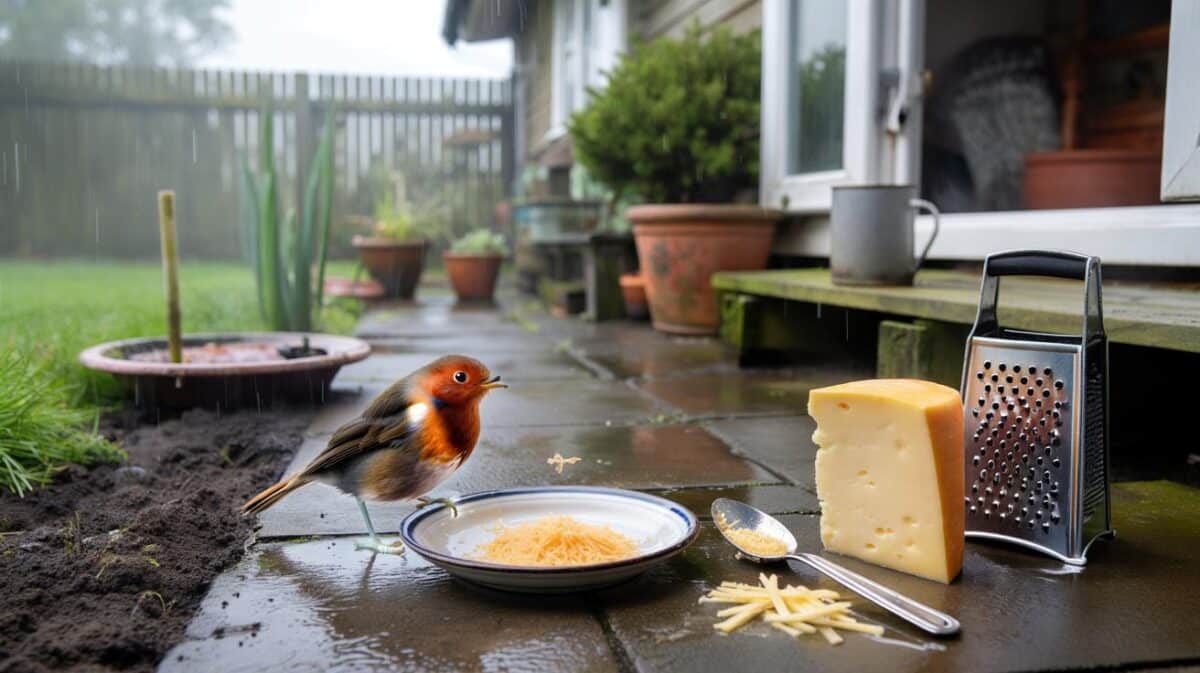Yet the sheen fades for a subtler reason.
Across Britain, households double down on mopping as rain returns and traffic indoors rises. Many reach for hotter water and heavier doses of cleaner, certain it means deeper hygiene. Instead, they lay down an invisible film that traps dirt, scuffs quickly and keeps tiles looking tired, day after day.
The daily habit that leaves a grey film
Tiles are hard-wearing, but they are not immune to residue. The common reflex is simple: more detergent, hotter water, faster job. That combination does the opposite of what you want. Each over-dosed pass leaves surfactants on the surface. Add a little evaporated heat and you fix the residue in place. The result? Dull patches, sticky underfoot feel, and streaks that catch the light just when guests arrive.
Too much product never fully rinses. It clings to the glaze, grabs fresh dust, and turns a good floor grey.
This effect intensifies in autumn when you mop more often and tackle mud, salt and leaf tannins. Tiles can look worse a few hours after cleaning than before. The culprit is not the tile itself, nor your effort, but a marginal change in method repeated over weeks.
Why hot water backfires
Very hot water evaporates quickly, especially in heated rooms. Detergent left behind dries into a thin film. That film scatters light, which your eye reads as “matte”, and it attracts new grime like a magnet. At the same time, heating a 5‑litre bucket from cold to near-boiling costs energy. You pay more, and your floor looks less clean.
Detergent overdose, explained
Floor cleaners rely on surfactants that lift and suspend soil so you can remove it with a mop. When you exceed the label dose, you overwhelm the rinse capacity of your mop head and bucket. The suspended soil and excess surfactant settle back on the tile as the water dries. Joints suffer as well: residues and repeated wetting age grout, discolour it, and invite more scrubbing.
What to do instead: a simple method that works
Good news for your budget and back: you can restore gloss with less effort by switching to measured product and lukewarm water. Add a separate rinse step and you stop the film in its tracks.
- Dry prep first: vacuum or sweep to remove grit that scratches the glaze.
- Use two buckets: one for cleaning solution, one for plain rinse water.
- Stick to the dose: 1 cap (about 10 ml) per 5 litres of lukewarm water (30–40°C).
- Mop small sections, wring well, then rinse the mop in the clean bucket.
- Refresh both buckets as soon as the water turns cloudy.
- Open a window or run extraction to help tiles dry quickly and evenly.
The two-bucket routine—clean, then rinse—removes soil and surfactant. No film, fewer streaks, more natural shine.
For a periodic deep clean, many households have success with diluted white vinegar or liquid black soap (savon noir). Use sparingly and rinse well. Avoid acids altogether on natural stone like marble and limestone; they etch and dull the surface.
| Task | How much | Why it matters |
|---|---|---|
| Cleaner dosage | 10 ml per 5 l | Enough surfactant to lift soil without leaving residue |
| Water temperature | 30–40°C | Slower evaporation reduces drying film and saves energy |
| Rinse frequency | Every 5–10 m² | Prevents re-depositing of dirt and product |
| White vinegar | 1:10 with water | Breaks mineral haze; rinse thoroughly; not for stone |
| Liquid black soap | 1 cap per 5 l | Mild, effective degreasing; follow with a clear-water rinse |
Money and time: the maths behind the shine
How does a simple habit cost you three figures a year? Consider a typical two-bedroom home mopping weekly:
- Overdose: using 3 caps instead of 1 costs roughly an extra £1 per week in cleaner. Annual cost: about £52.
- Heat: taking 10 litres to near-boiling for two buckets can use around 1–2 kWh each session. At common tariffs, that adds roughly £40–£60 a year.
- Wear and tear: residue accelerates grout discolouration and mop head replacement, easily another £10–£20 annually.
Add it up and you approach £120 without gaining cleanliness. Switch to measured dosing and lukewarm water and you save cash, reduce chemical load, and get a better finish.
Measure, don’t guess: a capful and lukewarm water usually beat “a splash more” and steam-hot mopping.
Tile types and products: avoid costly mistakes
Porcelain and glazed ceramic tolerate regular neutral cleaners. Polished porcelain shows streaks more readily, so reduce product and buff dry with a clean microfibre pad. Natural stone needs pH‑neutral solutions only; acids, including vinegar, etch and mark. Terracotta and encaustic tiles often require specific sealers and gentler soaps; test on an inconspicuous area first.
Skip bleach for routine floors: it can lighten grout unevenly and leaves strong odours. Never mix bleach and ammonia-based products. Steam mops can help on well‑sealed, stable floors, but avoid on cracked grout or unsealed stone, where steam drives moisture into pores.
Seasonal strategy and prevention
Stop dirt at the door. Use two mats—one outside, one inside—and ask family to park muddy boots in a tray. Vacuum grit before you wet-mop. In autumn and winter, reduce re-soiling by improving airflow while floors dry; a slightly open window or a fan speeds the job and cuts streaking. Keep separate mop heads for kitchens and bathrooms to prevent greasy transfer.
A five-minute weekly reset
Set a timer for five minutes per high‑traffic room: quick vacuum, damp mop with a capful in lukewarm water, then a fast pass with plain water. This light-touch routine prevents film build-up and means you rarely need a heavy scrub.
Grout care and long-term protection
Residue loves grout lines. Once a month, run a soft brush along joints with diluted black soap, then rinse. If joints look parched or dusty, a breathable grout sealer reduces staining and makes maintenance easier. Keep pH‑neutral for daily use; reserve targeted products for stains like rust or limescale, and follow label directions closely.
Want a quick reality check at home? Mop a small test area with your usual method, then wipe half of it with a microfibre cloth dampened only with lukewarm water. If the cloth turns grey, residue sits on the tile. Switch to the two‑bucket method and measured dosing for two weeks and repeat the test. Most households see a brighter, clearer surface and a cleaner cloth.
If you manage rental properties or busy family homes, consistency pays. Train everyone on the same dose, keep a measuring cap near the bucket, and mark the “fill line” on your pail at 5 litres. Small controls remove guesswork, reduce costs, and deliver a floor that actually looks clean under daylight, not just right after you mop.
There is also a health angle. Lower product loads mean fewer volatile compounds indoors and less slippery residue, helpful for children, pets and anyone with asthma. Lukewarm water and shorter drying times reduce the window for bacterial growth in mop heads; launder microfibre pads at 60°C weekly to keep them effective.
If your tiles still look flat after correcting your method, consider the surface finish. Many matte porcelains are intentionally low‑sheen. Aim for “clean and even”, not a mirror gloss, and judge success by how slowly dirt returns and how evenly light falls across the room.

